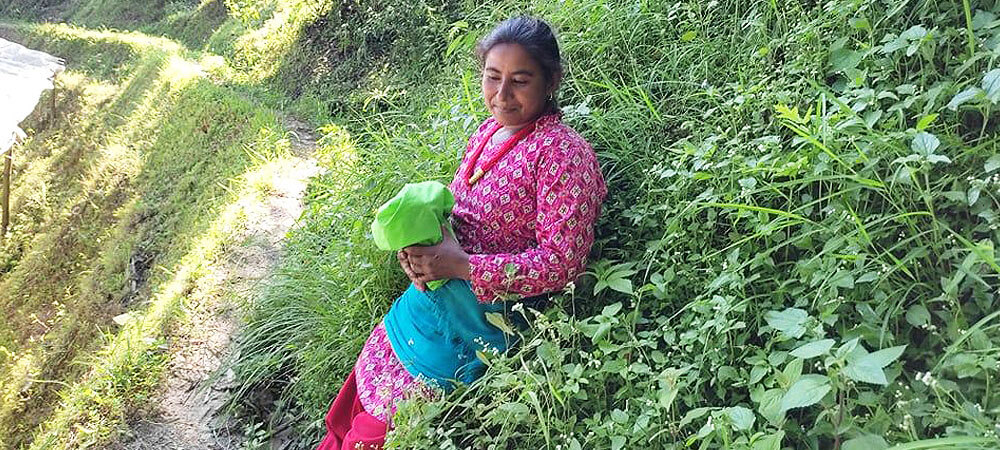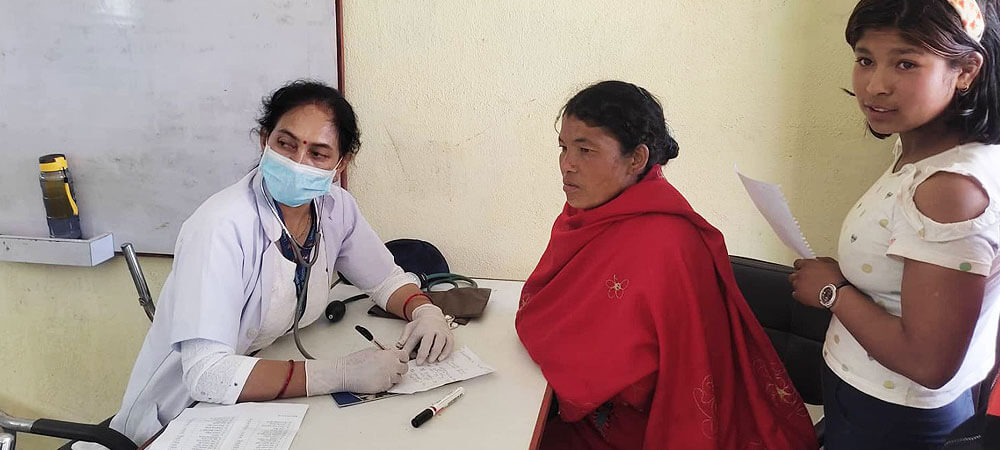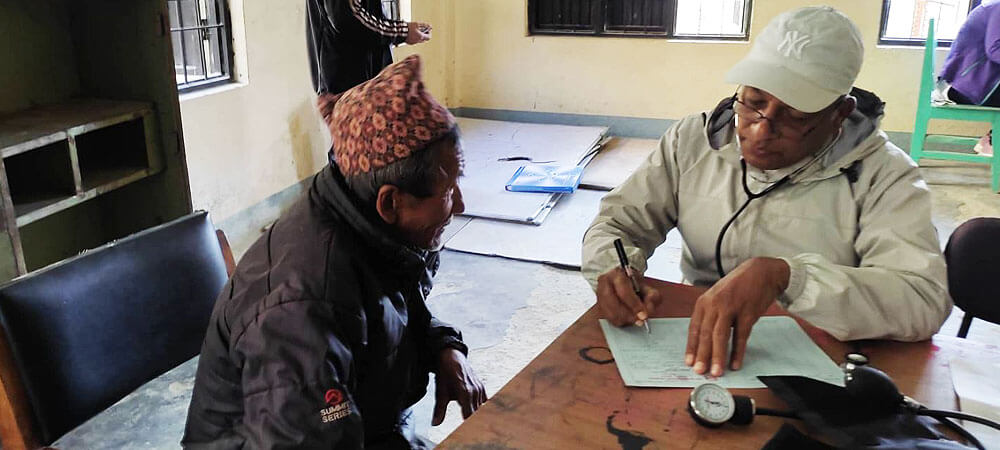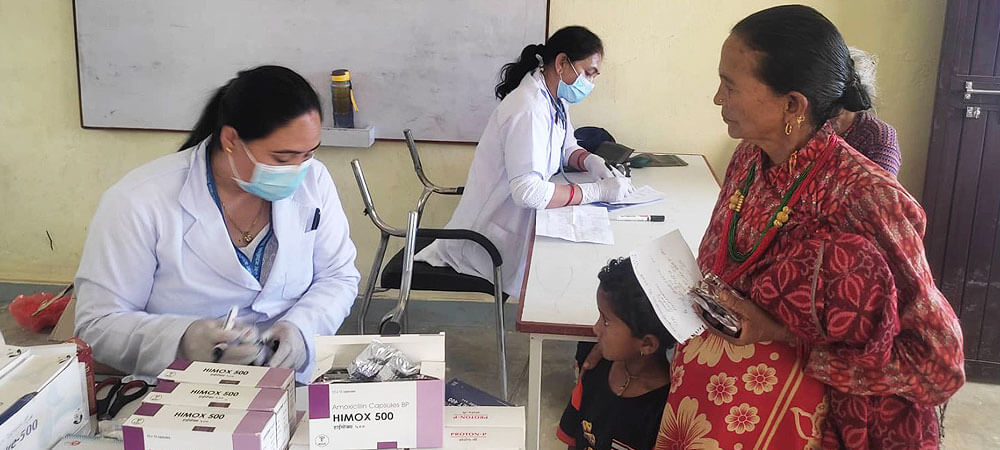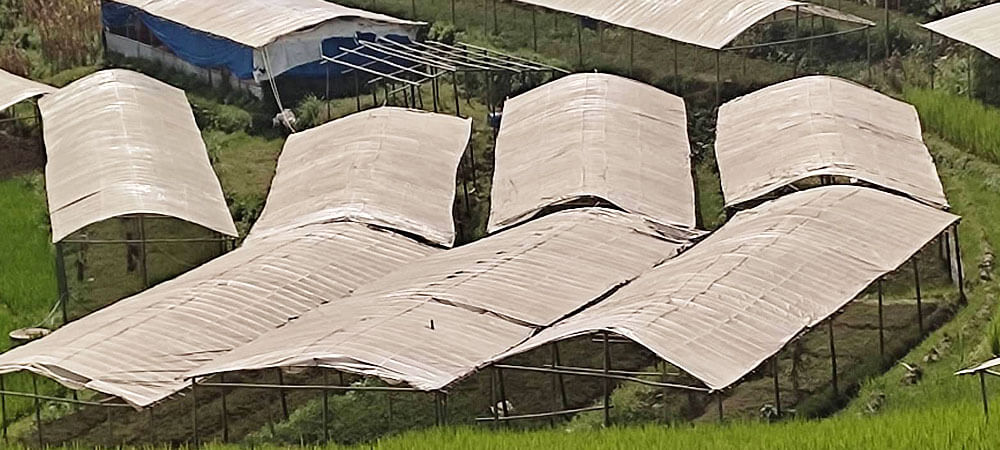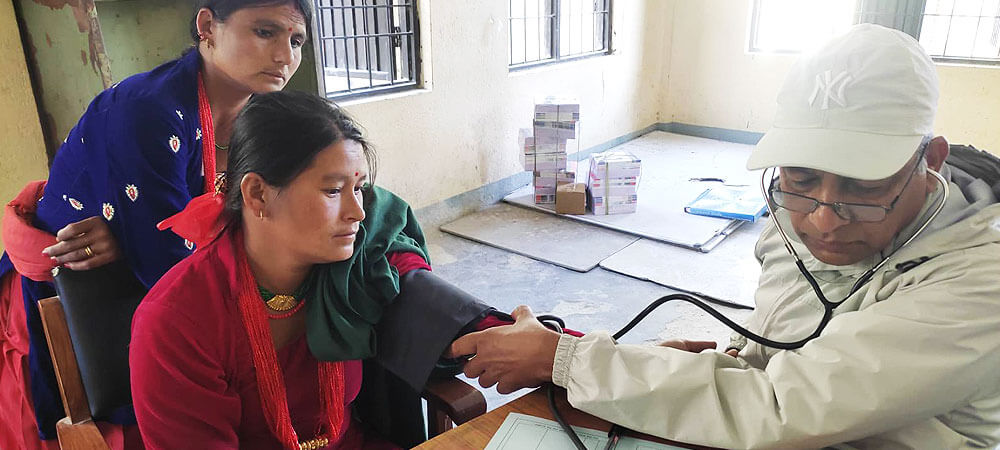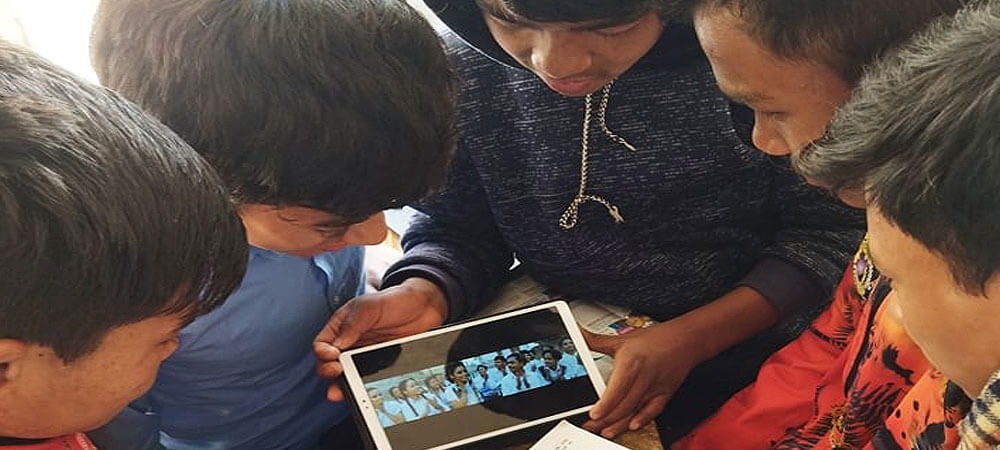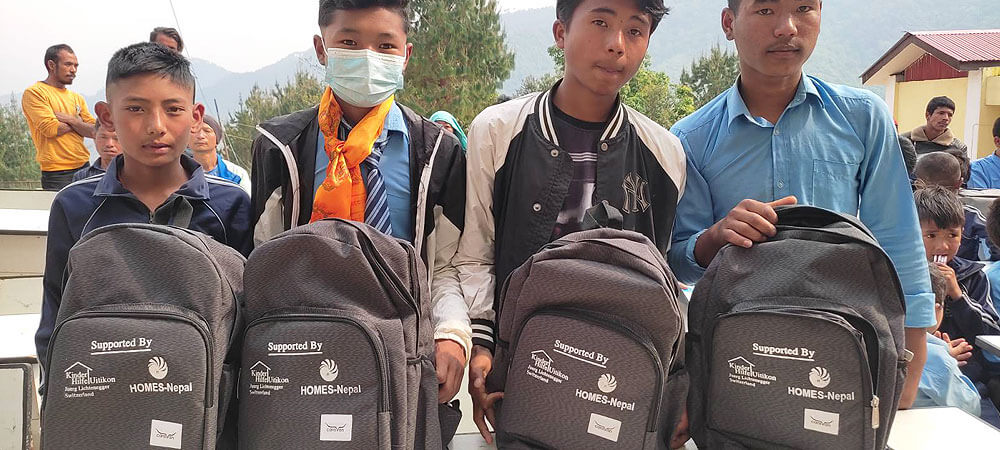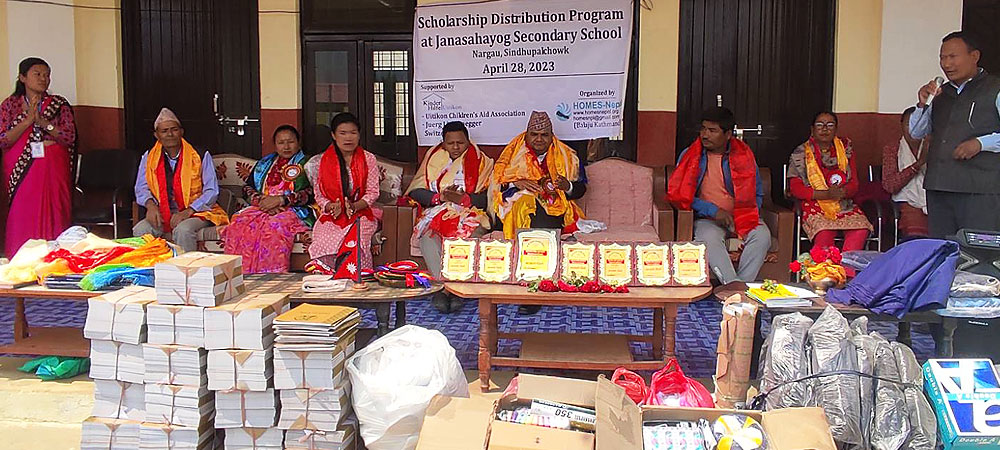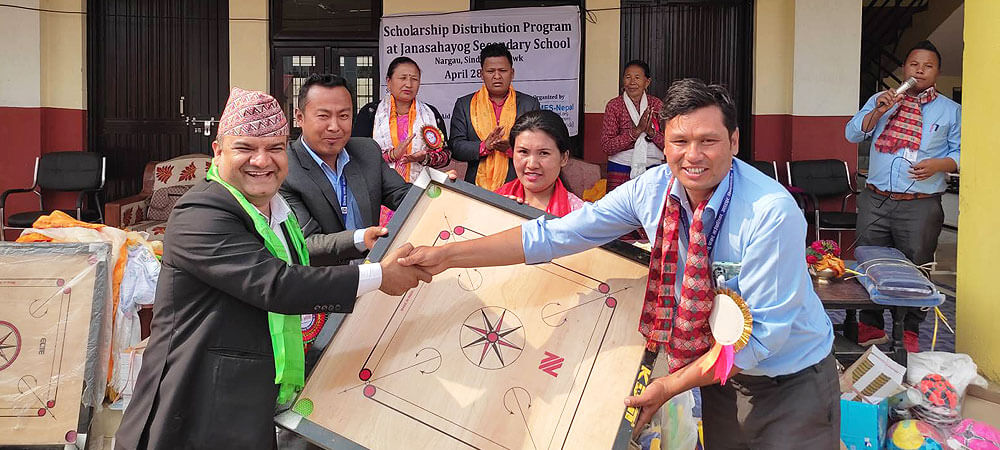HIV/AIDS Situation in Nepal
Since the first case of AIDS was detected in Nepal in 1988, the epidemic has progressed at a rather alarming rate. Nepal has already progressed from a 'low prevalence' country to one with a so-called concentrated epidemic among certain subgroups of the population. The pre dominant mode of transmission is sexual, presumably heterosexuals and injecting drug use. It is estimated that about 50,288 people are living with HIV in Nepal in 2011. As of July, 2012, NCASC reported a total of 20,583 cases of HIV infections in Nepal. This very large difference between reported and estimated figures may be attributed mainly to the lack of VCT services, stigma and discrimination associated with HIV/AIDS, fear of being exposed, denial and the poor surveillance and reporting system in Nepal.
Compared to other countries in Asia and rest of the world, available epidemiological data suggest that Nepal can be considered a low prevalence country. Studies reveal that there is wide spread high risk behavior among Commercial Sex Workers and their Clients, IDU, youth, migrant population and their families. An explosive increase in HIV prevalence among various high risk groups has occurred. NCASC accounts the estimated HIV infections among 15-49 Age-groups by Risk populations in 2011 by 27.7 % of the infected population is male labor migrant going to India. 1.5 % female sex worker, 4.4% of the effected population is occupied by the Clients of Sex workers. 2.2 % by IDU (Intravenous Drug Users) , 7.2% by MSWs, transgender and clients, Other MSM who do not sell and /or buy sex 14.4%, remaining male population 16% and remaining female population 27.3%.
CONTRIBUTION OF HOMES-Nepal in PREVENTION OF HIV/AIDS
The health camp was conducted for the general health where the people are not concerned and unable to reach health centers. The project was concentrated for the general medical health check up and medicine distribution. It could not cover the surgical services like Eye operation of night blindness, uterus prolapsed and other surgical items. But it covered the dressing of wounds, injections, supply of IV solutions, HIV/AIDS related awarness, capacity building program at varrious districts of Nepal(Kathmandu, Lalitpur, Bhaktapur, Makawanpur, Dhanusha, Nuwakot, Rasuwa, Rupendehi, Panchthar, Taplejung, Dhading, Kavre, Sindhupalchok, Dolakha, Sindhuli and Ramechhap)


